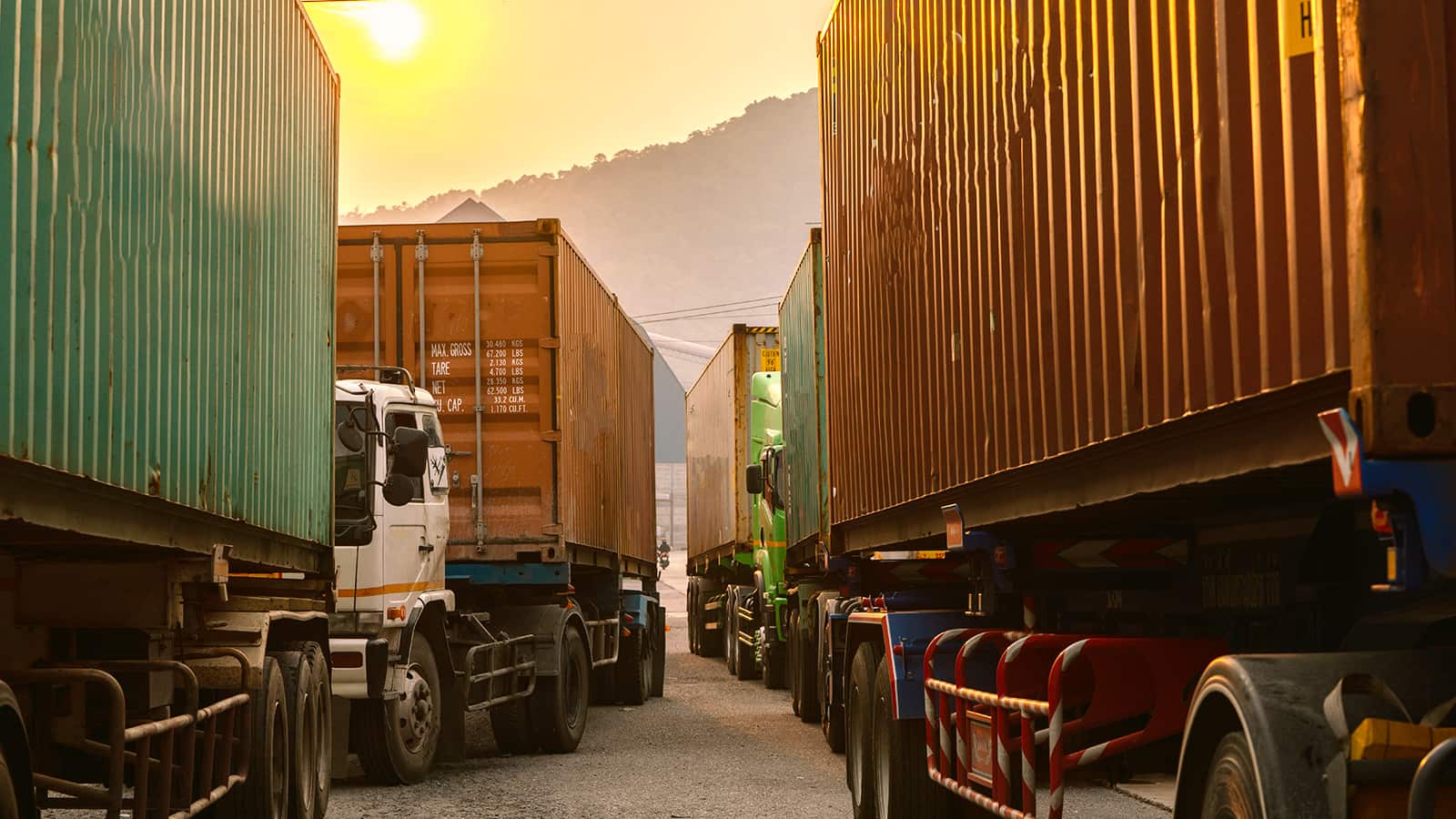What is Inbound Logistics?
Understanding the basics of inbound logistics is important to achieving efficiency in supply chain management. It’s not just about moving goods from point A to point B; it requires meticulous planning, coordination, and optimization.

What is inbound logistics?
Inbound logistics refers to the management and movement of goods, materials, products, and information from suppliers to warehouses or production facilities. It includes activities such as sourcing, transportation, receiving, and inventory control. By optimizing inbound logistics, businesses can streamline their operations, reduce costs, and improve efficiency throughout the supply chain.
Examples of inbound logistics
Here are some common examples of inbound logistics.
Raw material transportation
This involves the delivery of raw materials needed for production processes.
Component delivery
In industries where products are assembled from various components, inbound logistics includes the transportation of these components from suppliers to the assembly plant. For instance, an automotive manufacturer receives shipments of engines, tires, and electronics for vehicle assembly.
Supplier management
Effective inbound logistics often involves managing relationships with suppliers to ensure timely deliveries and maintain quality standards.
Storage and inventory management
Inbound logistics involves activities such as receiving, inspecting, and storing inventory.
Cross-docking
In some cases, inbound logistics may involve cross-docking, where incoming goods are quickly sorted and redistributed without being stored in the warehouse.
What is outbound logistics?
Outbound logistics focuses on the movement of finished products from the production facility or warehouse to the end customer. It involves tasks such as order fulfillment, transportation, and distribution, ensuring that products reach customers in a timely and cost-effective manner.
Difference between inbound and outbound logistics
The key difference between inbound and outbound logistics lies in the direction of movement within the supply chain.
Inbound logistics deals with the flow of materials and goods into the organization while outbound logistics manages the flow of products out of the organization to customers or other businesses.
Both are essential components of the overall supply chain management process and they both require careful coordination and optimization.
Inbound processes in a warehouse
Receiving
The inbound process begins with shipments arriving at the warehouse. Upon arrival, trucks are directed to designated receiving docks, where the unloading process begins.
Unloading
Goods are carefully unloaded from trucks using equipment such as forklifts or pallet jacks to prevent damage and ensure safety.
Documentation
As goods are unloaded, warehouse personnel will check the accompanying documentation such as bills of lading, packing lists, and purchase orders. This helps verify the accuracy of the shipment and ensures that the correct items are received according to the order.
Inspection
After documentation is verified, inbound goods undergo inspection to assess their condition and quality.
Sorting and Labeling
Once inspected, incoming goods are sorted based on factors such as product type, SKU, or destination within the warehouse. Items are labeled or tagged with identifying information, such as barcode labels or RFID tags, to facilitate tracking and inventory management.
Storage
After sorting and labeling, inbound goods are stored in designated locations within the warehouse.
What Are the Three Types of Logistics?
The three main types of logistics are inbound logistics, outbound logistics, and reverse logistics. In addition to managing the flow of materials into and out of the organization, reverse logistics deals with the return and disposal of products, including recycling, refurbishing, or disposing of obsolete inventory.
What is the Difference Between Inbound Logistics and Procurement?
While both inbound logistics and procurement involve sourcing materials and goods from suppliers, they focus on different stages of the supply chain. Inbound logistics is concerned with the physical transportation and storage of materials into the organization, while procurement encompasses the entire process of sourcing, purchasing items, receiving and inspecting goods and negotiating contracts with suppliers.
What Are the Different Types of Logistics?
Other types of logistics include distribution logistics, which involves managing the movement of goods from the warehouse to the end customer, and production logistics, which focuses on optimizing the flow of materials within the manufacturing process.

